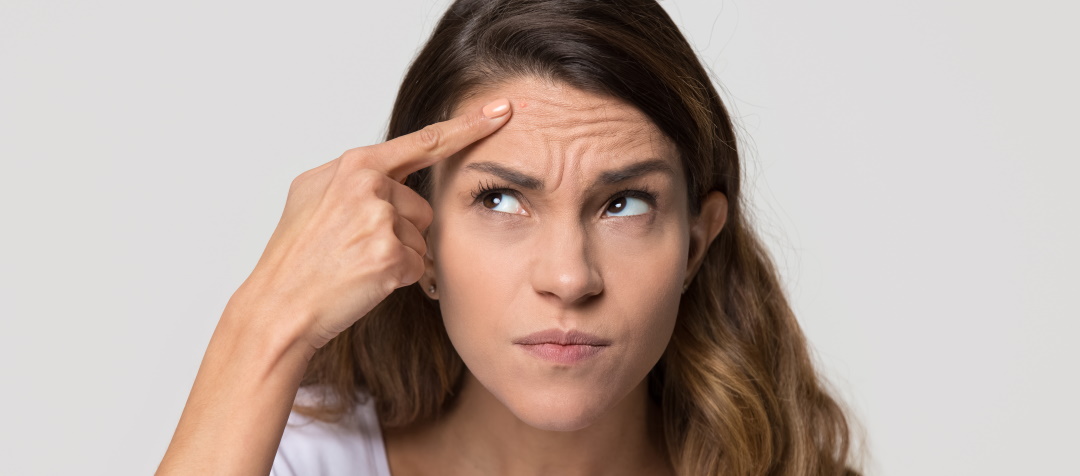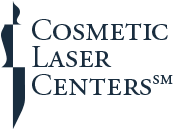
Many myths and misconceptions exist about Botox® and injectable fillers, and we’re here to tell you that all of them are just that – myths. We believe in dispelling the myths around cosmetic procedures and providing insight into them. With the right mindset, it is easy to see that these procedures do far more good than harm.
Getting The Facts Straight
Botox®, when administered by a trained medical professional, is safe and effective, as are dermal fillers. Many of the issues that critics raise about the two injections revolve around their names and their implied associations. Botox® is one of the more commonly critiqued dermal procedures because of its association with the bacteria that causes botulism. However, the toxin that causes botulism is quite different than the injection that ends up in your face. Botox® is a purified form of the toxin.
It works similarly to its original bacteria cousin by paralyzing the muscles in the areas that were targeted during the injection. Unlike the botulism toxin, the paralysis that occurs after a Botox® injection is beneficial. Before it was used as a cosmetic injection, it was actually used to treat a range of muscular disorders, like eye-crossing. Today, it is widely used as a migraine headache treatment.
Fillers are not so commonly criticized, however, people do get somewhat wary about the name of the ingredients in fillers. One of the most widely used ingredients in dermal fillers is hyaluronic acid. The word “acid” often gets a bad rap, but it’s very beneficial in many cases – including this one. Hyaluronic acid is commonly used in skincare and is naturally produced by your body. It is used to keep your skin supple and moisturized, and it’s also used to lubricate your joints. In hyaluronic filler injections, this liquid is injected into parts of your body to give it a more supple, youthful fullness. Over time, your body naturally metabolizes it – as it does with the hyaluronic acid you typically produce.
Still not sold on fillers or Botox®? Here’s a little bit more about the procedures provided at Cosmetic Laser Centers in Pittsburgh and Warrendale.
How Botox® and Dysport® Work
Botox® and Dysport® are two injections made from the clostridium botulinum toxin A, the toxin we mentioned earlier. Botox® and Dysport® are designed to treat different areas of the face most commonly impacted by dynamic wrinkles.
Dynamic wrinkles are the types of lines that aren’t always wholly noticeable, but show up when you do everyday facial muscle movements – like laughing or frowning. When you’re younger, dynamic wrinkles don’t always show up. However, as you age and your skin becomes less resilient, the lines caused by movement swiftly become permanent.
Botox® and Dysport® injections cause mild paralysis of the muscles associated with laughing, frowning, squinting, and other movements that cause dynamic wrinkles. This gives the appearance of a smoother, more youthful-looking face that is free of the deeper wrinkles. The areas that Botox® and Dysport® treat include:
- Moderate to severe forehead lines
- Crow’s feet
- Frown lines between the eyebrows, otherwise known as glabellar lines
Before getting an injection of Botox® or Dysport®, you will meet with one of our medical professionals for a consultation. This will ensure that you are prepared for the procedure and are a good candidate for it as well. You will disclose the medications you’re taking, whether or not you are or could be pregnant, your medical procedure history, and any other medical conditions they should be aware of. From there, you schedule an appointment.
During the appointment, you will receive injections in the area to be treated. You may experience some discomfort associated with the injections. However, the procedure is usually less than twenty minutes long, so it is only for a relatively short duration. After the process, you might notice some bruising, numbness, and minor swelling, but this typically does not last long.
How Dermal Fillers Work
Unlike Botox® and Dysport®, dermal fillers are meant to fill in areas of the skin that are hollow, sunken, or missing volume. Filling these areas with something natural to the body, like hyaluronic acid or collagen, makes it much easier for the body to process it naturally over time and provides a natural look. Additionally, hyaluronic acid helps the body hold on to moisture, which keeps your skin looking youthful and elastic – further promoting an ageless look.
Dermal fillers are meant to fill in wrinkles that don’t go away when your face is resting. Some of the areas dermal fillers include:
- Plumping cheeks and masking cheek wrinkles
- Making hands look plumper and less bony and thin
- Smoothing out static wrinkles, like marionette lines, pucker lines, and nasolabial wrinkles
- Defining a sunken jawline
Like with Botox® and Dysport®, you will have a consultation before receiving the injections. During the meeting, a physician assistant or nurse practitioner will help you determine whether you are a candidate for a filler as well as where dermal fillers would be of the most help to you.
You can expect mild discomfort during the procedure itself, as you might expect from a Botox® or Dysport® injection. Afterward, it is normal to notice some swelling and bruising around the site of the injection, which goes away with time. Otherwise, you can expect the results of your dermal filler to last between six months to twelve months, depending on the type of injection you received.
Other Things to Know
Botox® and Dysport® cosmetic injectables are only meant for the treatment of dynamic wrinkles and aging in adults. They are not the same as Botox® medical injections. If you experience migraines or other muscular disorders that you think might be helped by Botox® medical injections, you should talk with a neurologist about the benefits and potential risks.
If you’re thinking about getting Botox® or a dermal filler for cosmetic enhancement, make sure you contact a physician’s office that you can trust. Cosmetic Laser Centers has been providing the communities of Warrendale, Pittsburgh, and the surrounding areas with quality, medically-supervised cosmetic procedures for many years. For more information, visit our website.
